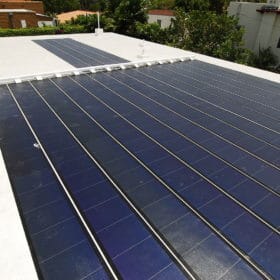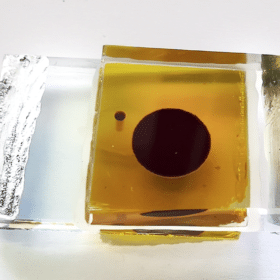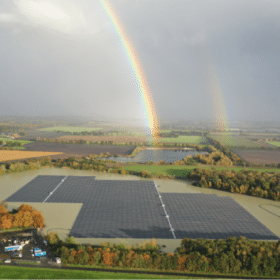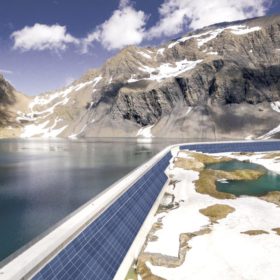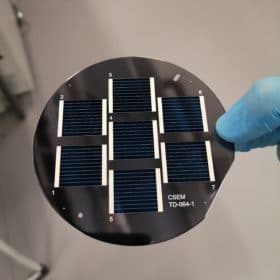Amorphous silicon solar cells still niche market
In the second interview of a series, Arvind Shah, a professor at École polytechnique fédérale de Lausanne, told pv magazine about the challenges facing amorphous silicon cells. He said the tech could be used in some window applications and greenhouses, but not in rooftop projects, as the stabilized efficiency of these cells is too low.
Meyer Burger wants to ship first HJT modules in July
The Swiss technology group wants to officially present its heterojunction modules, which are produced in Freiberg, Germany, at the end of April. Meyer Burger concluded its first official sales partnership in Switzerland, with Solarmarkt.
A guide to Europe’s booming PPA market
Recently, the market for power purchase agreements has evolved, opening grand opportunities for solar companies. In this pv magazine Webinar, we will look at a Swiss alpine solar project in greater detail and learn what it takes to build a good PPA project.
Grätzel solar cell with 13.5% efficiency, high open-circuit voltage
Scientists from Switzerland fabricated a dye-sensitized solar cell with a new tailored organic photo-sensitizer coded MS5 and a copper (II/I) electrolyte. A device solely sensitized with MS5 showed an open-circuit voltage of 1.24 V, which the researchers said is a record value among copper-based Grätzel cells.
Swiss firm finalize acquisition of 49% stake in Baywa re
With the new investor on board, Baywa re wants to expand its renewables business even further.
Guessing game with 1,550 PV outcome scenarios
Swiss scientists have analyzed scenarios to predict the role of PV in the global energy mix by 2050 and have found that European entities expect a sharply higher compound annual growth rate than their Asian and North American counterparts. They also noted that the growth scenarios of the Intergovernmental Panel on Climate Change are more conservative than other predictions.
Swiss PV market grew 30% in 2020
According to Switzerland-based trade body Swissolar, the country saw the deployment of over 430 MW of new solar PV systems last year.
Axpo signs first solar PPA in Switzerland
Swiss energy company Axpo will supply electricity to a supermarket chain from a 2.2 MW solar plant under a 20-year power purchase agreement. The facility is being deployed at the Muttsee dam, at an altitude of almost 2,500 meters above sea level.
A 26.5% efficient perovskite-silicon tandem cell
Scientists in Switzerland achieved 26.5% efficiency on a perovskite-silicon tandem cell measuring 4cm² and relying on industry-standard screen-printed metallization, further demonstrating the technology’s potential for large-scale production and low-cost electricity generation.
India ranked the world’s most attractive PV market by Ernst & Young
The latest edition of the accountant’s renewables attractiveness index has placed the nation in top spot for photovoltaics, helping it to fourth spot for overall clean energy investment. Mexico has been hammered by the government’s attitude to clean power and France has also slipped, four places.
